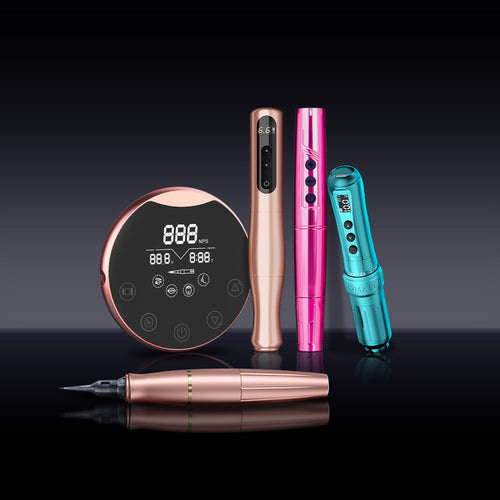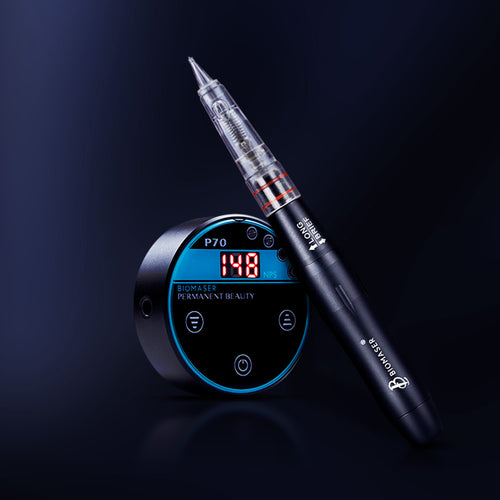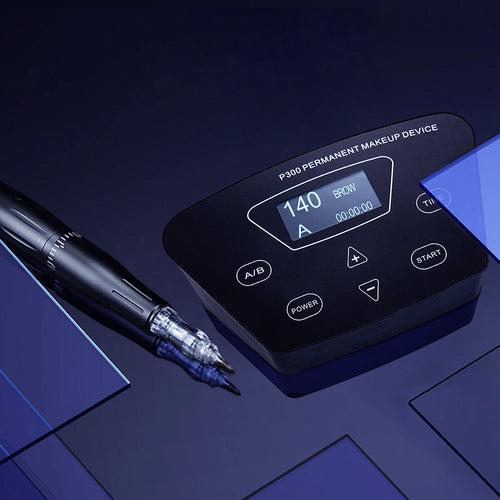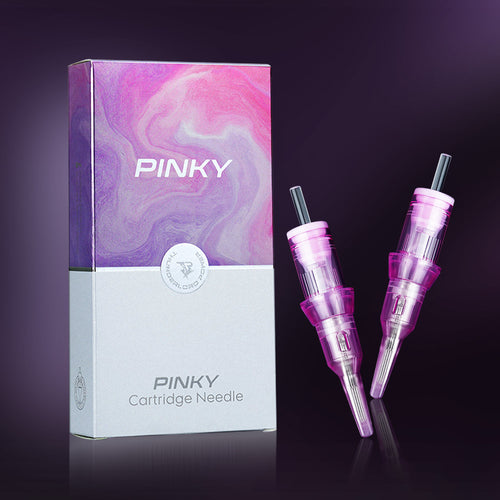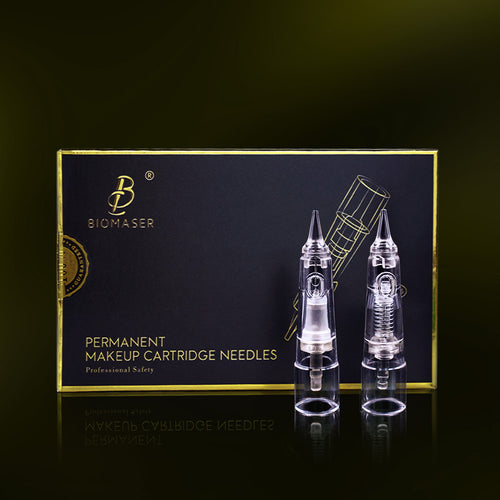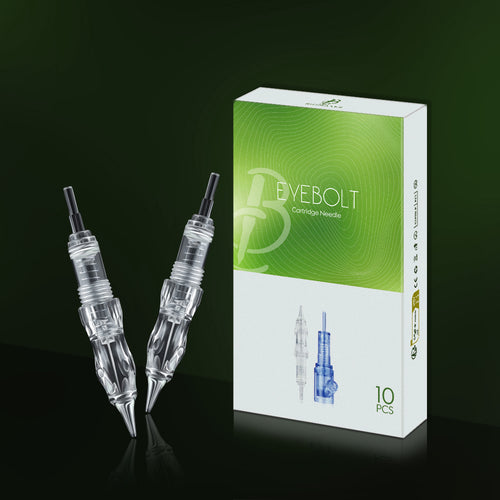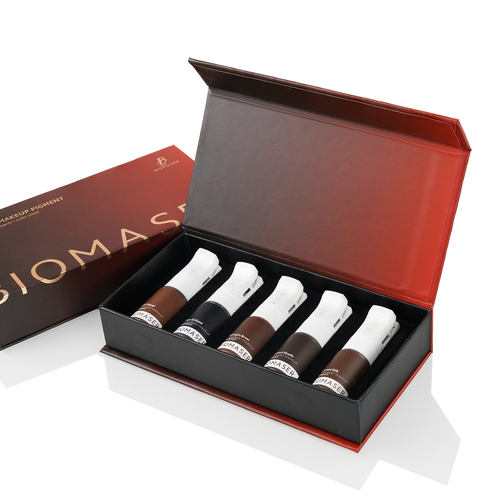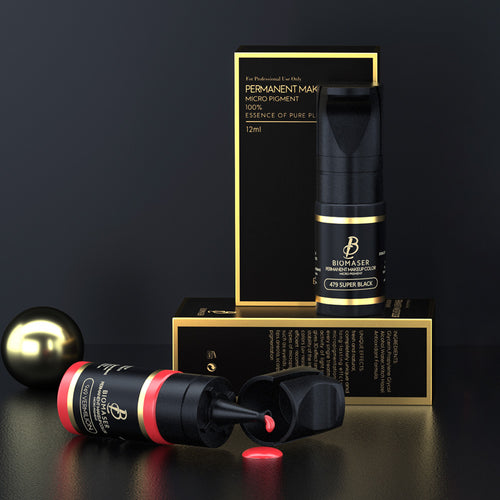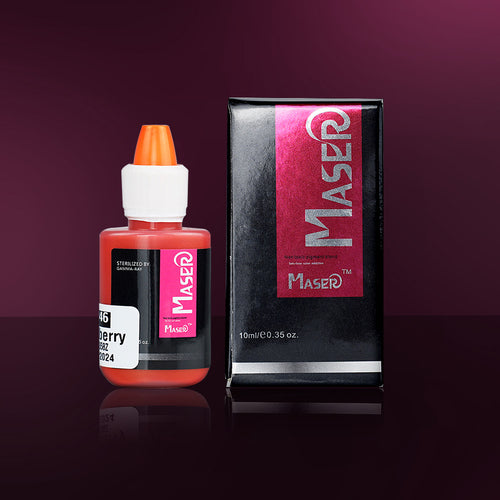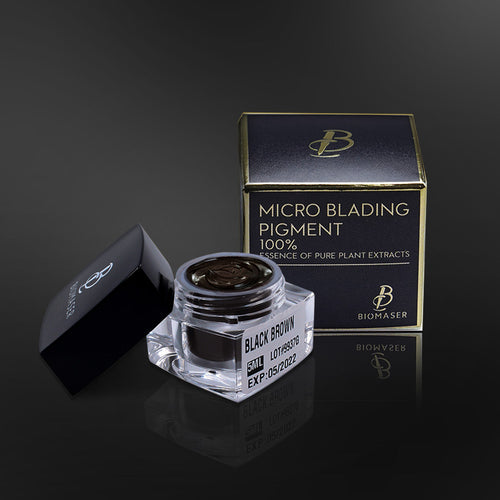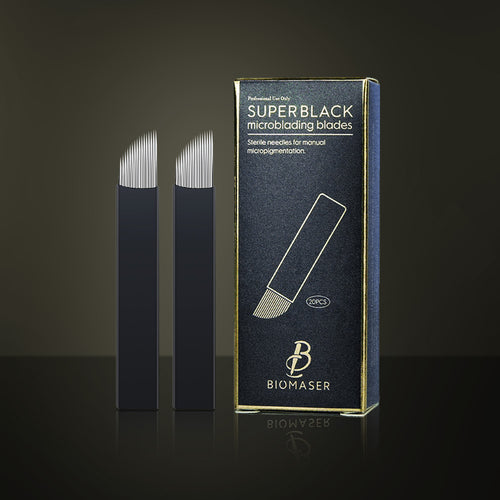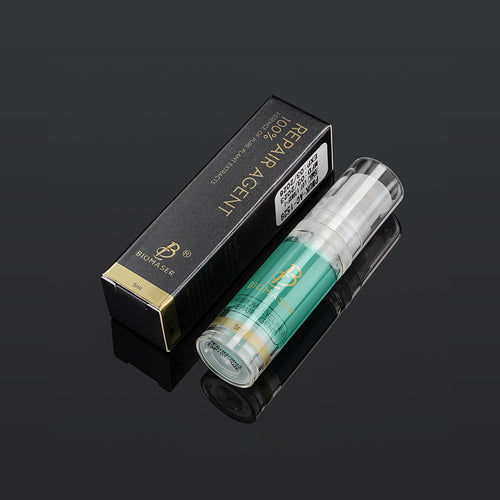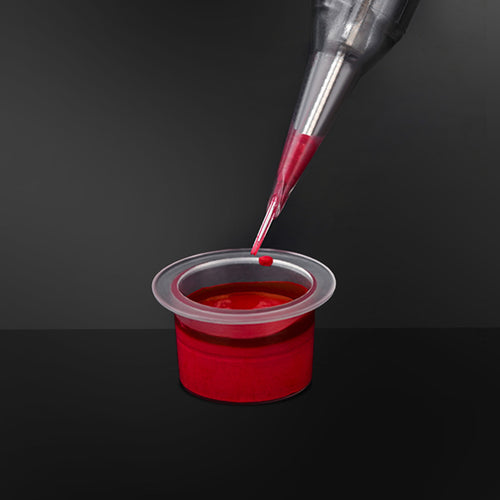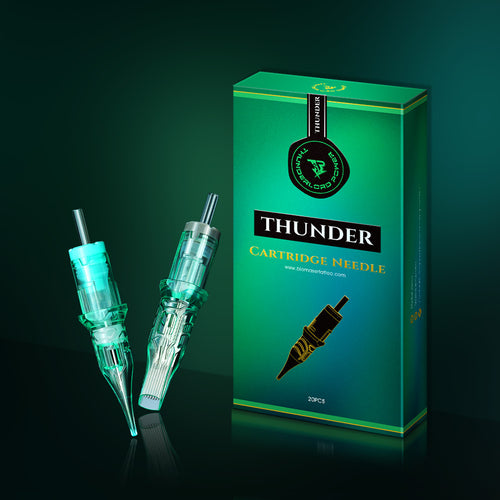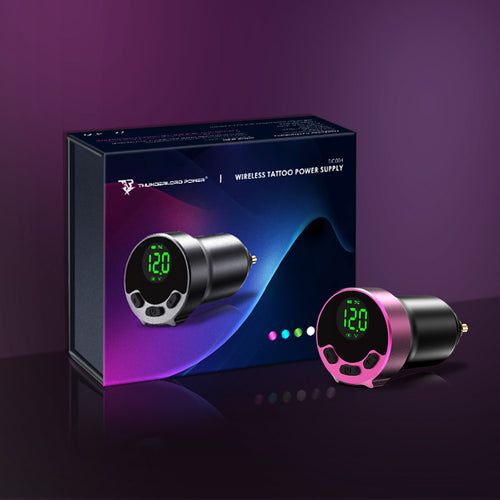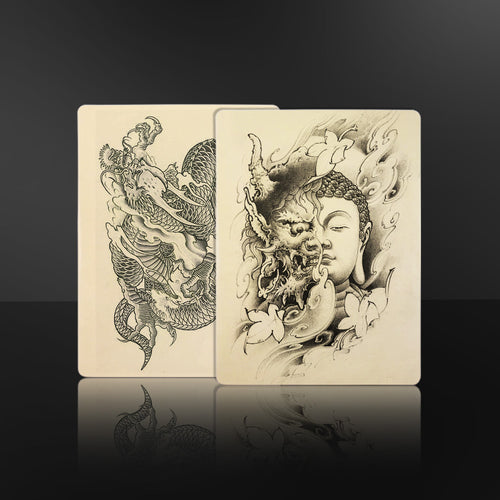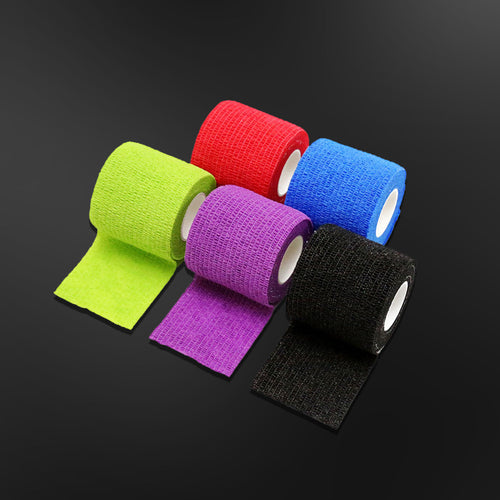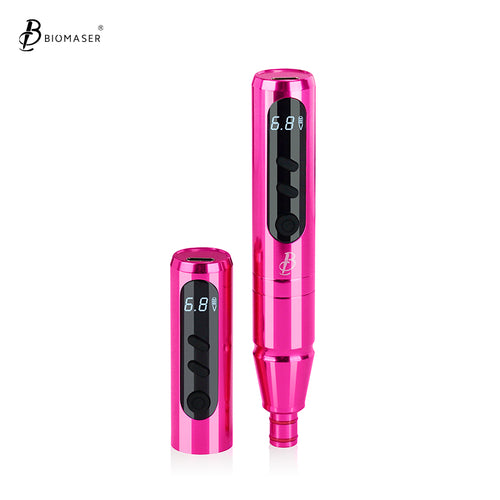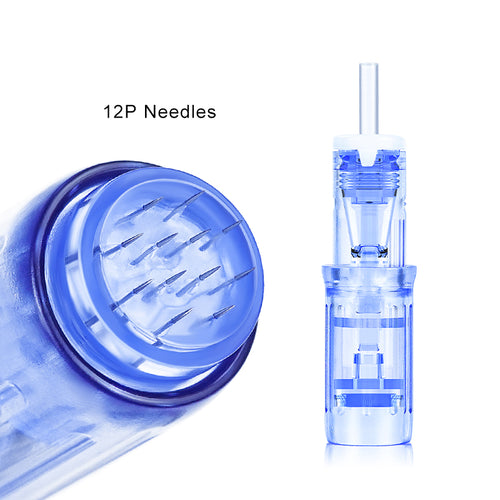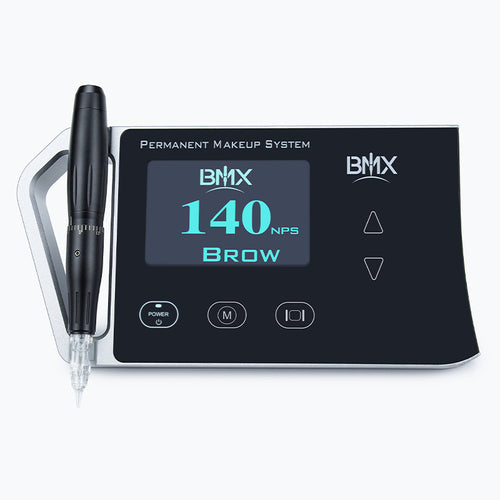How Long Does Lip Blush Last? Tips for Maintaining Your Perfect Pout

Key Takeaways
Lip blush typically lasts 1-3 years. It's designed to fade gradually over time, not disappear suddenly. Longevity depends heavily on your skin type (oily skin may fade faster), lifestyle (sun exposure is the biggest factor!), skincare routine, and procedure specifics.
Gorgeous, tinted lips 24/7 without the hassle of lipstick could be the dream for lots of people. Lip blush offers exactly that – a semi-permanent way to enhance your natural lip color and shape beautifully. But the big question is, how long does this effortless look actually last? Since it's designed to fade gracefully over time, its lifespan can vary. Read the blog and find out what influences its longevity, and experiment with practical tips to keep your perfect pout looking fresh for longer!
How Long Does Lip Blush Really Last?
If you're considering lip blush, it's natural for you to want to know how long you'll get to enjoy those beautifully tinted lips. On average, you can expect your lip blush results to last anywhere from 1 to 3 years.
That's quite a range, right? This variability is perfectly normal because lip blush is semi-permanent, not permanent like a traditional body tattoo. This means the pigment is deposited into the upper layers of your lip skin (the dermis) and is designed to fade gradually over time as your skin naturally renews itself.
Right after your procedure and during the first week or two of healing, your lip color will likely look much brighter and more intense than the final result. This is completely normal. As your lips heal (involving some dryness and light peeling), the color will soften significantly, often by 30-50%, settling into the beautiful, subtle shade you discussed with your technician.
The 1-3 year lifespan refers to how long this healed, settled color remains visible before needing a touch-up. It won't just disappear overnight; instead, it will slowly and gently lighten over months and years.
Lip blush is particularly beneficial for those with uneven lip color, as it creates a uniform appearance that lasts for years.
What Key Factors Affect Your Lip Blush Lifespan?
So, what factors contribute to such a range in lip blush longevity, from 1-3 years?
Skin Type Matters
Generally, individuals with oily skin tend to experience faster fading. That extra oil your skin produces can actually break down the pigment more quickly over time. If your skin is on the normal or drier side, you'll likely hang onto the color longer.
Metabolism & Skin Renewal
Your body's natural pace makes a difference, too. A faster metabolism often goes hand-in-hand with quicker skin cell turnover. This just means your body naturally replaces the pigmented skin cells sooner, leading to faster fading. It's a common reason why younger people sometimes see their lip blush lighten up faster than older individuals, whose cell renewal rate naturally slows down.
Sun Exposure
Sun seems to be the worst enemy of all PMU procedures- including the lip blush. UV rays, whether from sunshine or tanning beds, are really effective at breaking down tattoo pigments, causing them to fade much faster than they normally would. Spending a lot of time in the sun without protecting your lips is pretty much the fastest way to see your color diminish.
Smoking
Smoking isn't great for pigment longevity. It can mess with your body's circulation and healing process right after the procedure, which might affect how well the color takes initially and how long it sticks around. Over time, smoking can sometimes lead to discoloration of the pigment.
Your Skincare Routine
Be mindful of your skincare routine. If you regularly use strong exfoliants right on or super close to your lips – things like Retin-A, retinoids, glycolic acid (AHAs), salicylic acid (BHAs), or even potent Vitamin C serums – be aware they can speed up your skin's natural exfoliation process. This means they can unintentionally make your lip color fade faster than you'd like by sloughing off those pigmented skin cells quicker.
Diet & Hydration
Don't underestimate the power of good overall health for your skin. Staying well-hydrated and eating nutritious foods helps keep your skin healthy, and healthy skin tends to hold onto pigment better. On the flip side, if you're often dehydrated, your lips might get dry and flaky, which isn't ideal for maintaining color.
Frequent Pool Time
If you swim a lot in chlorinated pools, keep in mind that chlorine can be a bit harsh. Regular, frequent exposure over the long haul might cause your lip color to fade a little faster than usual.
Pigment Quality & Your Color Pick
Good cosmetic tattoo pigments are made to last longer and stay true to color. Also, the shade you choose plays a role. Super light, natural, or nude shades can sometimes seem to fade quicker just because they aren't as saturated or bold to start with compared to deeper, more vibrant colors.
Technician Skill & Technique
Your technician needs to know the sweet spot for placing the pigment – go too shallow, and the color won't stick around; go too deep, and it could end up looking harsh or blurry over time.
Aftercare Compliance
Listening to your technician's aftercare advice is key (and we'll dive deeper into that next!). Following those instructions carefully right after your appointment is crucial for letting your lips heal properly and really locking in that color. Skipping the recommended aftercare can unfortunately lead to patchy healing, color loss, and results that just don't last nearly as long as they should.

Your Lip Blush Maintenance Manual: Tips for a Lasting Perfect Pout
Knowing what affects lip blush longevity is one thing; actively working to protect your investment is another! While you can't change your skin type, you can control many lifestyle factors and habits to help your beautiful lip color last as long as possible.
Nail the Initial Aftercare (The First 7-14 Days are Crucial!)
The immediate period after your lip blush procedure is vital for healing and locking in that pigment. Your technician will provide specific instructions – follow them religiously!
- Your technician knows best. Use only the recommended aftercare ointment/balm they provide or suggest.
- Gently cleanse the area as directed (usually with sterile water and cotton pads) and apply a thin layer of the recommended ointment frequently throughout the day to prevent drying and cracking. This protects the healing skin.
- No picking, rubbing, or scratching. Your lips will likely feel dry and may start to peel or flake around days 3-5. It's tempting, but DO NOT pick or peel the skin off! Let it shed naturally. Picking can pull out pigment prematurely, leading to patchy results and potential scarring.
- For the first week or so, avoid swimming pools, hot tubs, saunas, steam rooms, and excessive sweating (like intense workouts). When showering, try to keep your face out of the direct stream.
- Try to avoid very spicy, oily, or acidic foods that might irritate the lips. Drink through a straw when possible for the first few days to minimize contact. Avoid biting directly into messy foods like burgers or sandwiches; cut them into smaller pieces.
- Avoid lipstick, lip gloss, or any other lip products (besides the recommended aftercare ointment) until your lips are fully healed (usually around 10-14 days).
Adopt Long-Term Lip Care Habits
Once your lips are fully healed, maintaining your lip blush becomes about smart daily habits:
- SUN PROTECTION IS NON-NEGOTIABLE. This is the golden rule! Make applying a lip balm with SPF 30 or higher a daily habit, just like sunscreen for your face. Reapply throughout the day, especially if you're spending time outdoors. Hats can offer additional protection. This single step will do more than almost anything else to prevent premature fading.
- Be cautious when applying potent anti-aging or exfoliating skincare products (retinoids, AHAs, BHAs). Try to avoid applying them directly on your lips or the immediate border (vermillion border) where the pigment is. If you use these products, apply carefully around the lip area.
- Drinking plenty of water helps keep your skin, including your lips, healthy and plump, which can support the appearance of your lip blush.
- As mentioned earlier, smoking can negatively impact pigment longevity and color clarity over time.
- Don't wait until your lip blush has completely disappeared. Plan for maintenance touch-ups as needed (more on this next).
The Lip Blush Touch-Up Timeline for Perfecting and Refreshing
It's necessary to know that getting lip blush is usually a multi-session process. Touch-ups are a normal and really important part of getting and keeping the best results long-term. They make sure your color looks great and allow for little adjustments down the road.
The Initial Touch-Up (Perfecting Session)
Your first lip blush appointment is more like laying down the beautiful groundwork. The follow-up touch-up, typically scheduled 6 to 12 weeks later, is where everything gets fine-tuned.
- Everyone heals a little differently. You might have small spots that healed lighter or slightly patchy. This touch-up lets your technician fill those in for a perfectly even look.
- Once you see how the pigment healed after the first round, you can decide together if you want to tweak the shade – maybe make it a bit brighter or adjust the tone.
- While big changes aren't typical here, your technician can make small adjustments to perfect the lip border or enhance symmetry.
- Adding another layer of pigment really helps solidify the color, making your lip blush last significantly longer. Honestly, this session is pretty much essential for getting the best, most durable results. Skipping it often means the color will fade much faster.
Keeping it Fresh with Color Boost / Maintenance Touch-Ups
After that initial perfecting session, your lip blush should look fantastic for quite a while. But since it is semi-permanent, the color will naturally soften over time, so you need to plan for occasional maintenance touch-ups, often called "color boosts."
- How Often? Expect to need a refresh every 1 to 3 years. How soon depends on those factors we discussed earlier, like your skin type and sun exposure. Some people like a boost after a year or 18 months, while others are happy for 2 or 3 years.
- Why? The goal is simple: to refresh the color and bring back its vibrancy before it fades too much. It's usually a quicker appointment than the first one.
- When? You'll likely notice when your color isn't as bright as you'd like. Your technician can also give you guidance during check-ins.

FAQs About Lip Blush
Q1: Does lip blush hurt?
Most people say it's more of an odd sensation than truly painful. Your technician will use a strong numbing cream beforehand and during the process to keep you comfortable. You might feel some vibrations or light scratching, but it's generally pretty tolerable.
Q2: What's the healing process like?
Healing usually takes about one to two weeks. Your lips might be a little swollen and tender for the first day or so, and the color will look super bold right at the start. Around day 3 to 5, expect some dryness and flaking – resist the urge to pick! Let the skin shed naturally. Once the peeling stops, the color underneath will be much softer. Keep in mind the true, final color takes about 4-6 weeks to fully settle in.
Q3: Can I still wear lipstick or lip gloss?
Definitely! Once your lips are fully healed (give it about 10-14 days), feel free to use your favorite lipsticks, glosses, or balms right on top. Many people find they don't need as much product or just love adding a clear gloss to show off their new blush.
Q4: Will my lips look too bright or fake right after?
It's totally normal for the color to look really bright and intense right after your appointment and for the first few days. Don't worry. The color is designed to soften quite a bit, often by 30-50%, as it heals, leaving you with a much more subtle and natural look.
Q5: How do we pick the right color and shape?
That's something you and your technician decide together during your consultation. They'll look at your natural lip color and skin tone, chat about the look you want (super natural or more noticeable?), and then draw the shape on your lips first for your approval before anything permanent happens.
Q6: Is lip blush okay for everyone?
It's safe for most, but not suitable for everybody. Generally, it's not recommended if you're pregnant or breastfeeding, have unmanaged diabetes, are undergoing chemo, or have an active cold sore (you'll need to wait and maybe take preventative meds). Certain skin conditions on the lips or taking blood thinners can also be issues. Always be upfront about your medical history with your technician.
